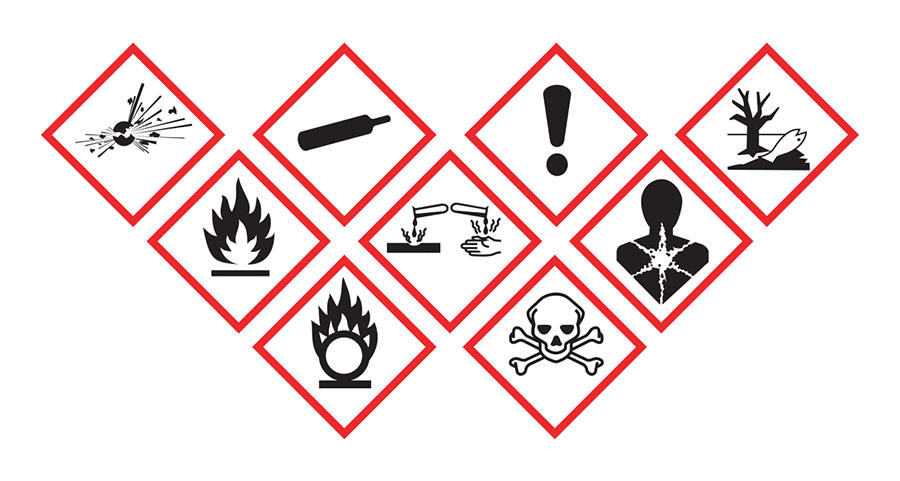OSHA’s Hazard Communication (HAZCOM) standard is a vital part of making sure workers understand the chemical hazards they face on the job. Unfortunately, there is still a lot of confusion over the standard and what it requires.
What is HAZCOM
Chemicals in the workplace can pose a wide range of immediate and long-term hazards to worker health and safety. OSHA’s Hazard Communication Standard, commonly referred to as HAZCOM, is a set of rules designed to ensure that workers are properly informed about the chemical hazards they face on the job. HAZCOM has a few core requirements:
- Employers must have a written hazard communication plan that includes
- Information about all of the hazardous chemicals on the work site
- A plan for controlling hazards and communicating them to employees
- Employers must ensure that
- Hazardous chemicals are properly labeled
- Safety data sheets for each hazardous chemical are available to workers
- Employees are trained over the hazards they may face and the proper methods for protecting themselves
HAZCOM in Construction
The HAZCOM standard for the construction industry is identical to the standard for general industry. The key challenge for construction industry employers comes from the collaborative nature of construction environments. All employers are responsible for ensuring that all workers on a site are trained and informed, including outside contractors and employees of other companies. If an accident happens on a construction site, any and all employers may share equal liability for that incident, and equal responsibility for preventing it from happening again. This can present a unique challenge in construction sites where multiple agencies and their subcontractors are working side by side.
Communication and coordination are key to HAZCOM compliance on a construction site. All employers on the site must communicate about their HAZCOM programs and coordinate with each other to ensure that all employees are properly trained. The written HAZCOM plan for the site must include a plan for how hazards and procedures will be communicated between teams. Employee training should also emphasize hazard recognition and methods for employees to identify and learn more about new hazards they encounter on the job.
What is GHS and how does it relate to HAZCOM?
The Globally Harmonized System of Classification and Labeling, or GHS, is an international system of criteria for classifying and communicating about hazardous chemicals. It provides a comprehensive system for categorizing and rating chemical hazards, and recommends standardized ways to present that information on container labels and safety data sheets. In 2012, OSHA brought the HAZCOM standard in line with GHS recommendations. The systems are not identical, but OSHA has incorporated most of the elements of GHS in an effort to streamline processes, prevent confusion and reduce costs. GHS is being incorporated into standards around the world. This greatly simplifies hazard communication and compliance for multi-national operations and international work crews.
When is HAZCOM training required?
HAZCOM training is required any time an employee may be exposed to a hazardous chemical. This means any time any employee on your site (but not owners or self-employed contractors) could potentially inhale, ingest or make skin contact with hazardous chemicals, or could potentially be impacted by fires, explosions or other physical hazards posed by hazardous chemicals. HAZCOM training must be provided when the employee is first hired or first assigned to duties that involve chemical exposure, unless the employer has proof that the employee was already trained previously. It must also be provided any new chemical hazards are introduced or the degree of chemical hazards changes. Additional training is also recommended any time employees demonstrate a lack of understanding of the hazards they face or the safety measures they must take.
Conclusion
The Hazard Communication Standard creates and protects an employee’s right to understand the chemical hazards they face. While it may seem daunting at first, most of the requirements of the standard are basic best practices that most employers follow anyway, such as having a list of hazardous chemicals onsite and providing safety data sheets for each chemical. The most important consideration for the construction industry is simply ensuring that all employers on a site are working together to stay on the same page and ensure that all employees are properly trained.
If you would like more information about OSHA’s Hazard Communication Standard, the best place to start is OSHA’s website.
OSHA also provides a sample hazard communication plan to help you get started.
See more information about the Globally Harmonized System (GHS) here.


